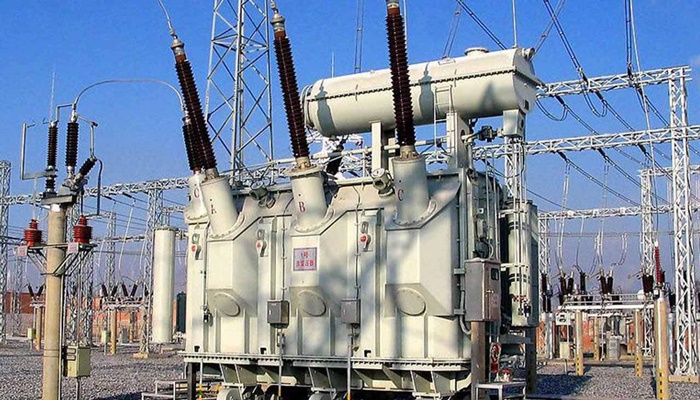
Golar LNG said on Monday it was in talks with Nigerian authorities about setting up a power project that could use one of its vessels to import liquefied natural gas (LNG).
The company wants to expand beyond its core LNG shipping and terminals business and owns half of the $1.7 billion Sergipe power plant project in Brazil, in which it will also provide a floating storage and regasification unit (FSRU) to take delivery of LNG.
Golar’s Chief Commercial Officer Robert Carter said the company was looking into a “fully integrated gas and power project” in the state of Lagos.
“We’re in discussions with Nigerian authorities. We’re trying to develop a terminal there that could include the utilization of domestic LNG supplies,” Carter told Reuters after local media reported the potential talks.
LNG-to-power projects tend to comprise an LNG import terminal such as an FSRU vessel; infrastructure such as pipelines for the regasified gas; and a power plant which uses the gas as feedstock to produce electricity.
Nigeria is a massive oil and gas producer, with a large LNG export terminal, but still needs to import fuels for vehicles and suffers power shortages due to poor infrastructure and chaotic governance of its energy sector.
Golar has a fleet of 16 LNG carriers and eight FSRUs but has said it plans to expand into the broader LNG business by operating production facilities at the upstream end and participating in power projects at the downstream end.
“We don’t invest in a project where there isn’t a Golar flag, so to speak,” Carter said when asked whether Golar would provide an FSRU for the Nigerian project. “We’re talking about a Golar solution.”
On the Sergipe project, Golar owns 50 percent of the company operating a 1,500 megawatt power plant and associated infrastructure and will provide an FSRU. It said on Monday the project is on track to start operations in January 2020.
All of Golar’s FSRUs, which can also be used as conventional LNG carriers, are currently in use aside from the Golar Tundra which is being used in the spot LNG market.
Credit: Reuters






